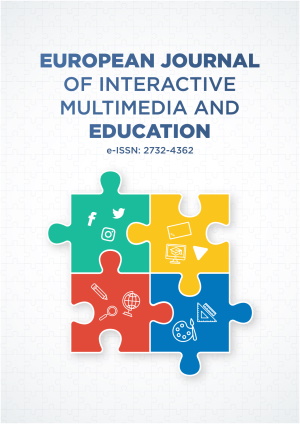Abstract
Vocational High Schools/VHS (or SMK in Indonesian), which initially aimed to produce ready-to-work graduates, is the biggest contributor to unemployment in Indonesia. In efforts to overcome this, VHS graduates need to be given 21st-century skills to increase agility to survive in the current industrial 4.0 era. 21st-century skills are described as the life and career skills, learning and innovation skills, and information communication and technology skills. This study conducted a sample grouping of the data from 10,737 students of State VHS in Bogor Regency who took advantage of the data mining process using clustering techniques. The method in this study uses the Cross-School Standard Process for Data Mining (CSISP-DM). While the algorithms used for cluster determination are hierarchical and non-hierarchic (K-Means) algorithms. SPSS 25 is used to help find accurate values. The results showed that life and career skills had a frequency of 4,130 students (38%), learning and innovation skills had a frequency of 4,977 students (46%) and information media and technology skills had a frequency of 3,796 students (35%). Meanwhile, 21st-century skills at 11 VHSs in Bogor Regency are described in stages. The results of Non-Hierarchical Clustering are described in three ways.
License
This is an open access article distributed under the Creative Commons Attribution License which permits unrestricted use, distribution, and reproduction in any medium, provided the original work is properly cited.
Article Type: Research Article
EUR J INTERACT MULTIMED ED, Volume 2, Issue 2, July 2021, Article No: e02110
https://doi.org/10.30935/ejimed/11133
Publication date: 08 Aug 2021
Article Views: 2997
Article Downloads: 1764
Open Access References How to cite this article
 Full Text (PDF)
Full Text (PDF)